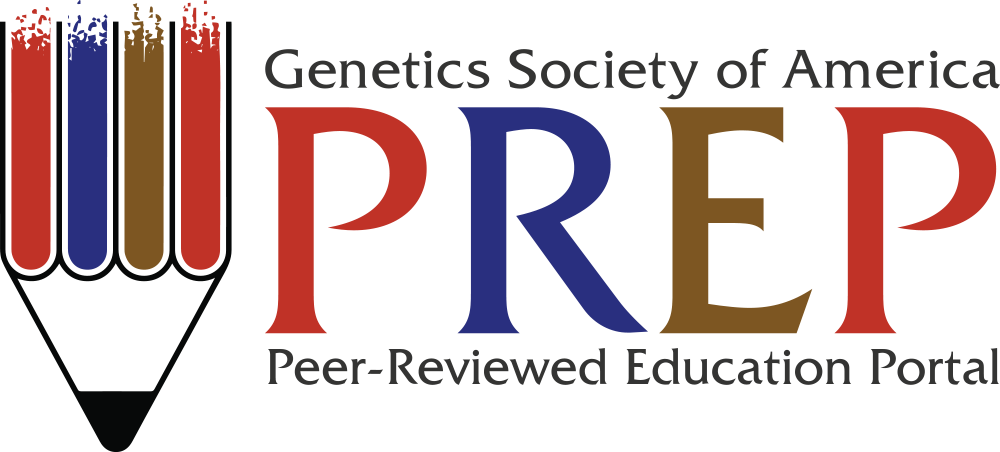|

Original
Resources
Demonstrating Meiosis Using Manipulatable Chromosomes and Cells
Author(s):
Mary F.
Durham
Overview:
This resource is an
in-class, hands-on, manipulative
modeling exercise designed to allow
students to visualize and demonstrate
meiosis in a diploid cell by
manipulating a simplified
three-dimensional model of chromosomes
in a model germ cell; this is for students
to complete individually but work
through in small groups. Meiosis
is consistently a challenging process
for students to grasp, likely because it
occurs on a microscopic and molecular
level that is abstract to student
thinking. By allowing each student to
manipulate individual model chromosomes
in a model cell, the activity makes
meiosis a tangible and accessible
concept to students in a way that allows
students to make sense of the abstract
properties of meiosis. It can
specifically incorporate challenging
aspects of meiosis and processes that
occur during or as a result of meiosis
that are often difficult for students to
understand or visualize, including:
crossing over; ploidy of the
cells in different stages of meiosis;
the number of chromosomes, chromatids,
and DNA molecules at different stages of
meiosis; how individual maternal and
paternal alleles travel to individual
gametes; how meiosis leads to genetic
variation; and how mistakes in meiosis can
result in aneuploidy. The implementation
of this activity is designed to appeal
to visual, auditory, and kinesthetic
learning styles.
Genetics Concept(s) Addressed:
Nature of genetic material: What are the molecular components and mechanisms necessary to preserve and duplicate an organism’s genome?
Transmission/patterns of
inheritance: How does the phenomenon of
linkage affect the assortment of alleles
during meiosis?
Core Competencies Addressed:
Students should be able to implement observational strategies to formulate a question.
Students should be able to generate testable hypotheses.
Students should be able to identify and critique scientific issues relating to society or ethics.
Audience:
Introductory, undergraduate major
Activity Type:
Lecture/In-Class Exercise
Activity Length:
30-50 minutes
Keywords:
meiosis, chromosomes, genetic
variation, crossing over
Citation:
Durham, Mary F. (2015). Demonstrating Meiosis
Using Manipulatable Chromosomes and Cells.
Genetics
Society of America Peer-Reviewed Education Portal
(GSA PREP): 2015.002;
10.1534/gsaprep.2015.002
Resource Justification and
Instructor Guide (PDF, Word)
In-Class Handout
(PDF, Word)
Pre-Class Worksheet (PDF, Word)
Supplementary Instructor Guide - Common Student Mistakes (PDF, Word)
|